There can be your advertisement
300x150
Cork Floor: Interior Photos
This type of flooring is made from cork oak bark, which grows in warm countries such as Italy, Tunisia, Portugal, etc. Due to its unique cellular structure, designers actively use cork flooring in interior design as it harmoniously combines with various finishing materials.
Advantages and Disadvantages of Cork Floors
Cork flooring for the floor, the photo of which is shown below, has many advantages:
As a finishing material, it is naturally anti-static;
It has excellent sound insulation (this type of flooring is an ideal solution for families with small children who often have disagreements with neighbors due to noise);
It is a hypoallergenic material (due to this quality, it is used when finishing residential spaces by people who have a tendency to allergic reactions, suffer from asthma and bronchopulmonary pathologies);
It has low thermal conductivity and chemical inertness;
It is resistant to open flames, insects, rodents, and various microorganisms (due to these properties, the material can be used for finishing floor surfaces in country houses and on dachas);
It can reduce the load on the spine caused by walking on smooth surfaces;
It is resistant to moisture and does not rot (despite this quality, specialists do not recommend laying it in bathrooms or balconies);
It has the longest service life (provided proper installation, timely maintenance, and careful use).
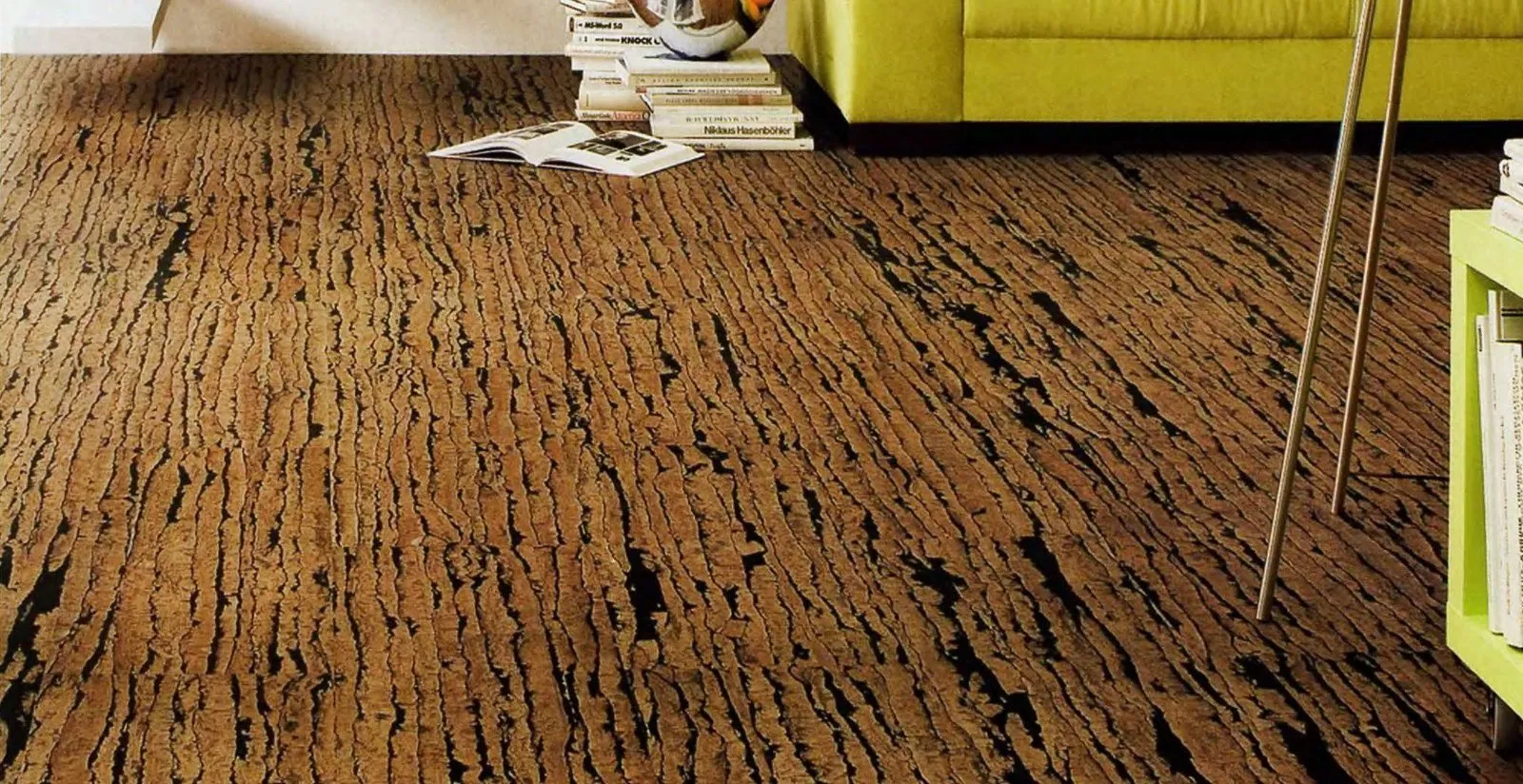
Experts' Recommendations
Despite the obvious advantages, cork flooring (photo is below) has several significant drawbacks:
Due to prolonged contact with moisture, the material may swell, especially at panel joints.
Flooring is sensitive to mechanical impact from heavy or sharp objects. For example, indentations will remain where heavy furniture stands, which cannot be concealed or removed in any way. Also note that walking on cork floors in high heels is not recommended.
One of the drawbacks of cork is its relatively high cost. Price is often the decisive factor for people purchasing finishing materials for their homes.
Cork flooring (photo can be seen below) must be laid on a perfectly flat and smooth base, otherwise all defects will be visible.
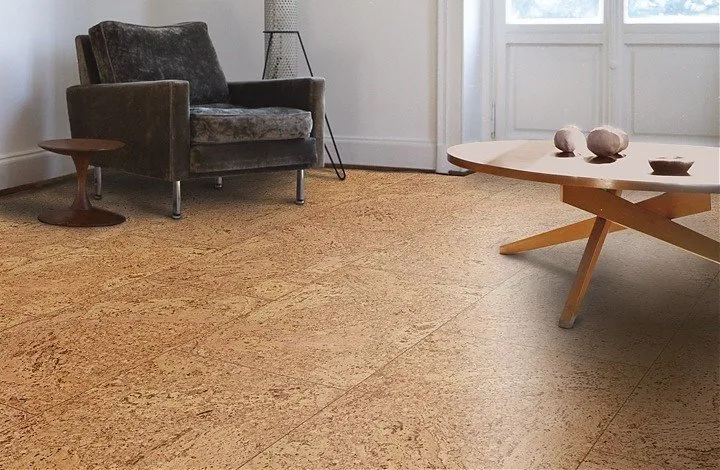
Features of the Coating
One of the features of cork flooring is its manufacturing method. The raw material is obtained from bark of trees that must reach 20 years of age. The bark itself is used for making cork stoppers, while for finishing materials, cork granules are used.
The obtained granules undergo steam treatment in production conditions, which causes them to rapidly increase in size. In this form, they can be used for thermal insulation work. After thermal treatment, the raw material is pressed into boards, which are also subjected to steam treatment.
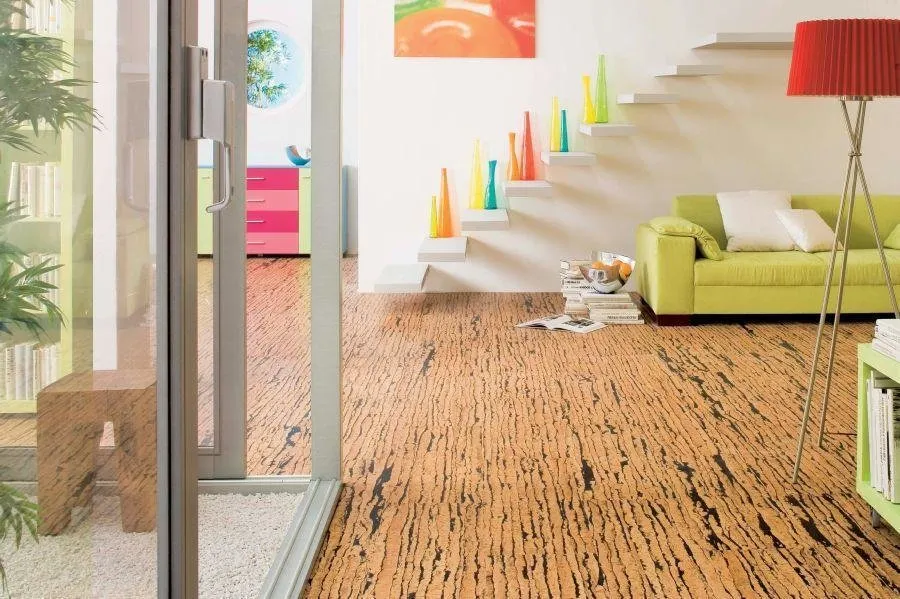
Experts' Recommendations
Types of Cork Floors
The following types of cork flooring are currently available on the domestic market:
Laminate. Manufacturers use MDF or particleboard as the base. The surface of the panels is coated with cork, which is treated with lacquer or vinyl to increase resistance to external factors. When laying such panels, underlayment is not required.
Parquet. Installation is done using a locking method, with different-sized, shaped, and colored plates used by specialists. For parquet, pressed cork granules are usually used as underlayment. After installation, the decorative floor covering is treated with lacquer multiple times.
Tiles. This material comes in a wide range of sizes, with tile thickness varying from 4 to 6 mm. It may have a decorative surface coating.
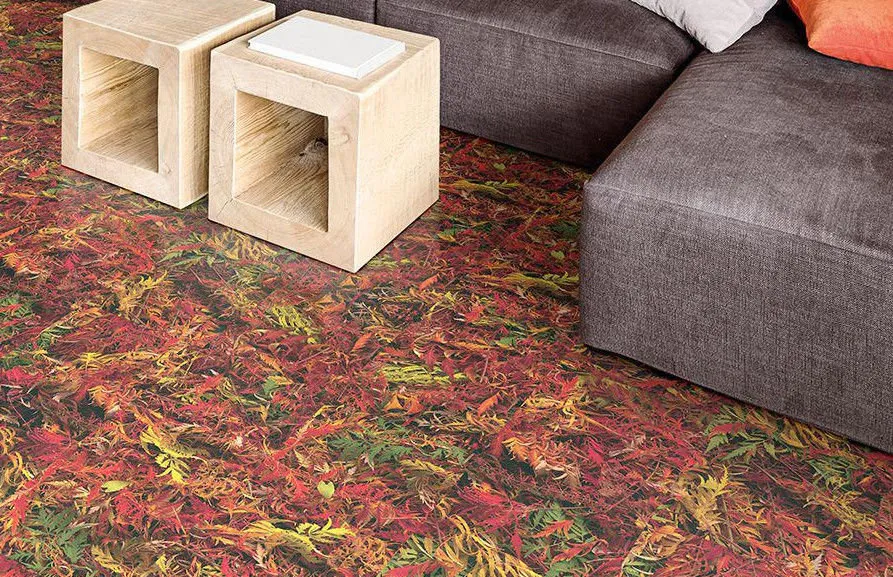
- Adhesive Coating
This type of cork consists of boards that undergo special processing during production, giving them water-repellent coating. They are made in various color tones and can be treated with lacquer or a photo layer.
- Floating Cork Floor
This type of cork consists of lamellas made from MDF, with a cork surface. These panels are laid according to the laminate principle and are fixed together using a tongue-and-groove method.
- Technical Cork
This type of cork is sold in trade networks in the following forms:
Granules;
Rolled;
Plates.
Experts recommend using it for the following purposes:
For insulation;
To fill gaps between panels;
As underlayment;
During soundproofing works.
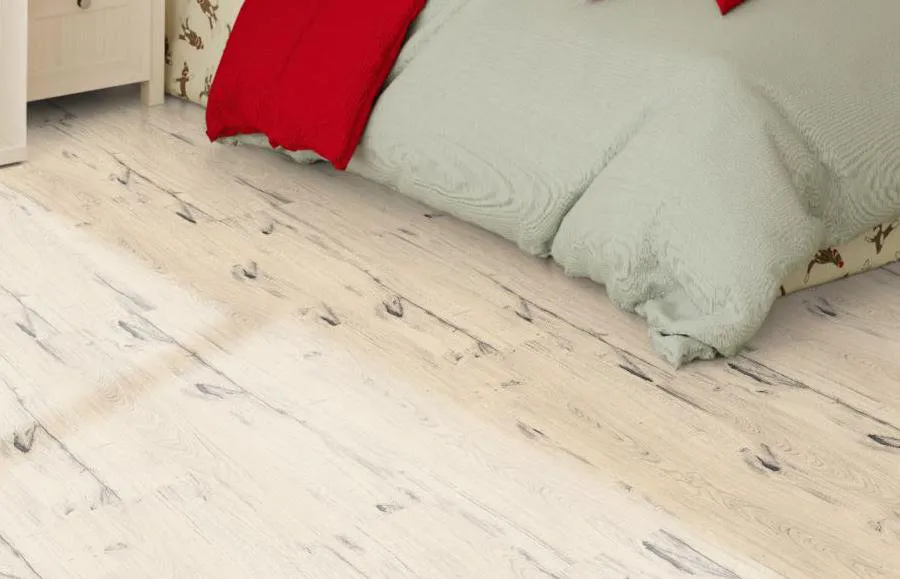
Which Cork to Choose
When selecting cork flooring, whose photo can be seen below, owners of urban apartments and country houses should consider the recommendations of specialists:
Each package must be opened, as it may contain a defective panel or tile from the manufacturer.
The buyer should carefully inspect all cuts, which must be perfectly straight and free of nicks or splinters.
If several packages of finishing material are purchased, each should be checked for consistency in the chosen color palette. Also pay attention to the fact that all panel edges should be straight, so there are no large gaps between them during installation.
It is extremely important to inspect the back side of each panel. This surface should be uniform, smooth, and dense.
The buyer must ensure the quality of the purchased cork. For this purpose, they should carefully examine the edges of all panels for foreign inclusions. Many manufacturers try to reduce the cost of the product, so they often add cheaper materials like wood shavings to cork. In such cases, the quality and durability of cork flooring will be significantly reduced.
For many owners of urban apartments and country houses, pricing policy is the deciding factor in choosing cork flooring. They should know that the price primarily depends on the quality of the veneer used in production. If it was pressed, the cost will be more affordable. Also, the price will depend on the thickness of MDF boards; the thicker they are, the more expensive the finishing material will be.
Owners of residential premises who decide to use cork for floor finishing should pay close attention to the choice of lacquer. The quality of this composition directly affects not only the appearance of the floor but also its durability, resistance to moisture, and mechanical damage.
When choosing such finishing material, buyers should ask sellers to present certificates confirming its quality and eco-friendliness.
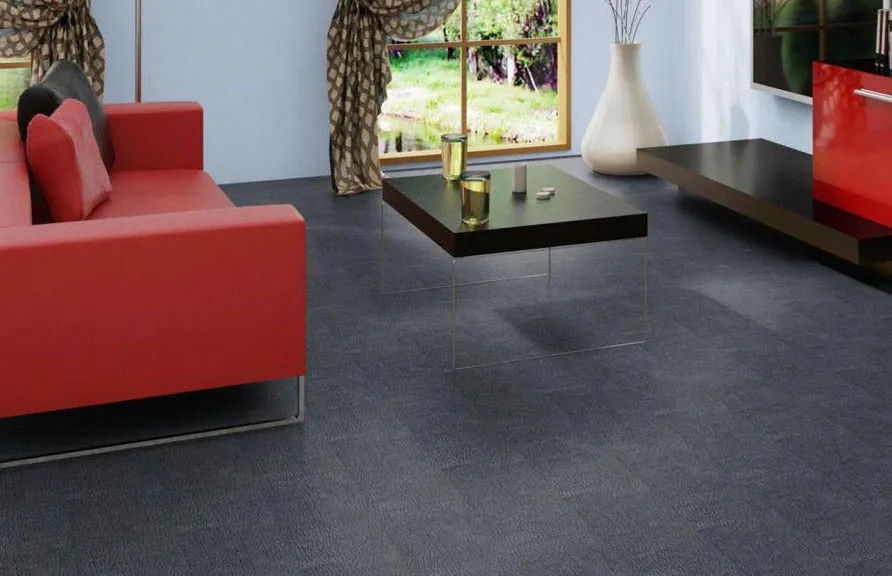
Where to Install Cork Flooring
Due to its high cost, cork is installed in living spaces. In rare cases can such flooring be found in offices or other public places. Specialists recommend using this material for finishing the following rooms:
Bedrooms;
Children's rooms;
Work offices;
Living rooms.
Cork flooring is not recommended for use in kitchens, bathrooms, and corridors. This is due to the constant negative impact on the coating, which will quickly lose its appearance and become unsuitable for further use.

Laying Methods
If the owner of a premises decides to carry out floor finishing on their own, they should consider some details:
The first thing to do is prepare the floors for work. There should be no protrusions or indentations on them. If such defects are found, they should be eliminated immediately by spackling or sanding.
To lay such finishing material, one needs to purchase high-quality adhesive mixture. It should be noted that if the owner of the premises does not want to smell chemical odors for several weeks or months, they should buy water-based adhesive.
Cork panels must be laid on a dry and clean base, which should be thoroughly treated with adhesive. Also, adhesive should be applied to the inner surface of cork panels.

Caring Tips
This type of floor covering is relatively easy to maintain. Housewives should follow the recommendations provided by specialists:
Regularly vacuum the cork surface.
Wet cleaning involves wiping the floor with a damp but well-wrung-out cloth.
Chemical cleaning agents should not be used. For removing heavy stains, soapy water should be used.
To preserve the appearance of the coating for as long as possible, special felt inserts should be attached to the legs of furniture and chairs.
When moving furniture in a room, it is forbidden to drag it over the cork floor.
This material is not resistant to ultraviolet radiation, so over time it will begin to fade due to sunlight exposure. To prevent fading, curtains should be hung with thick drapes.
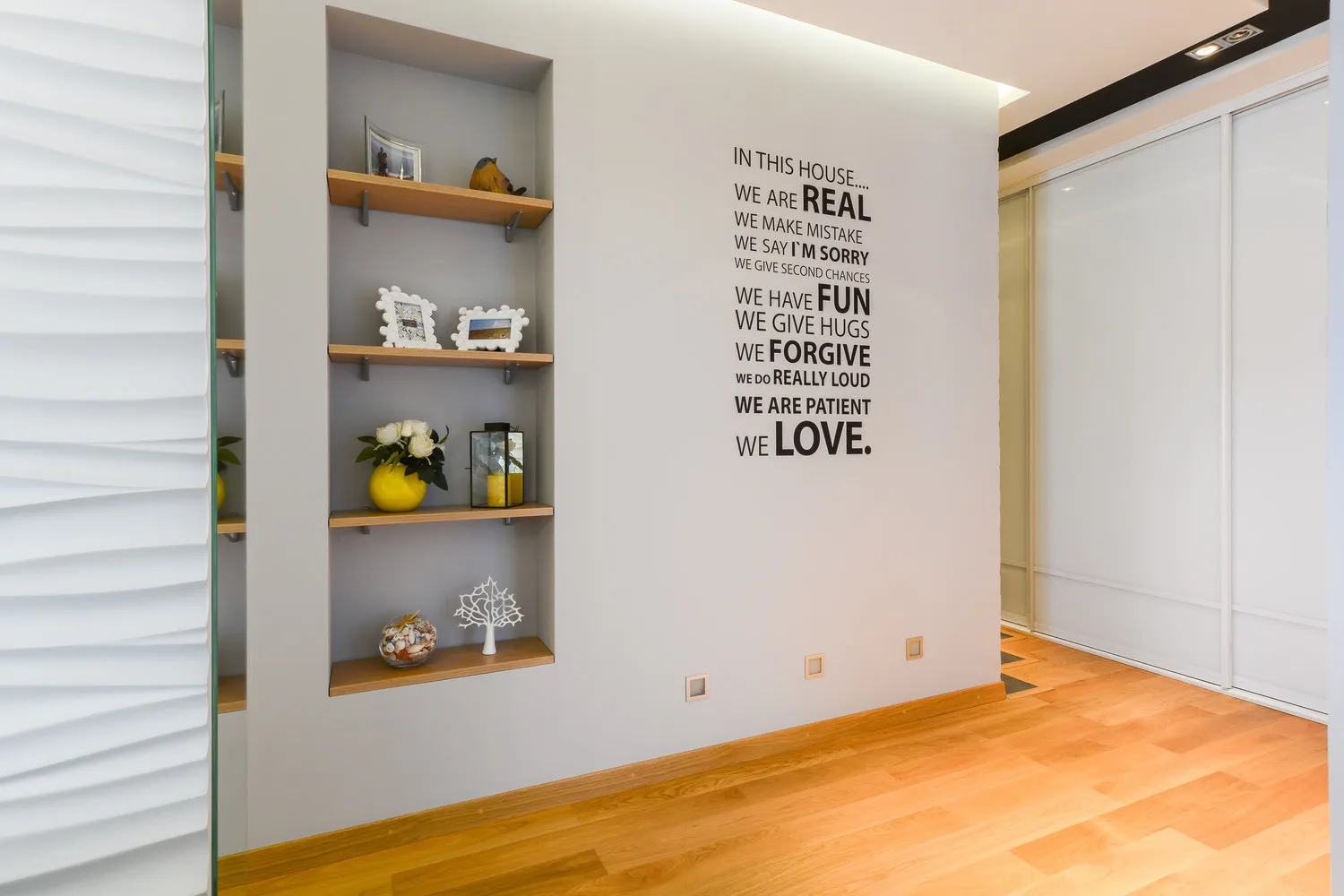
Design: Svetlana Yurkova


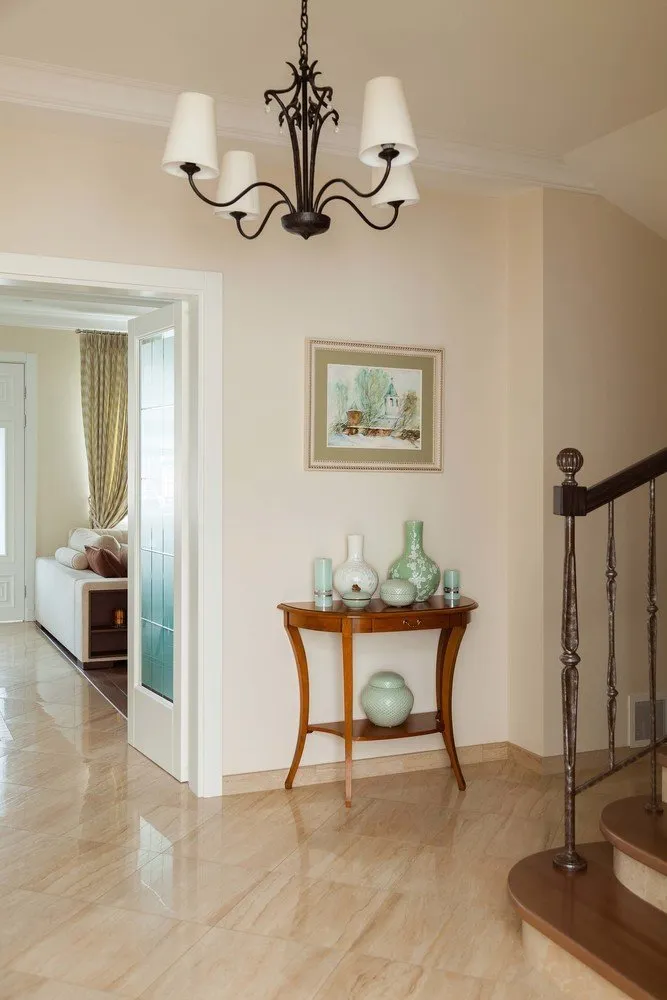

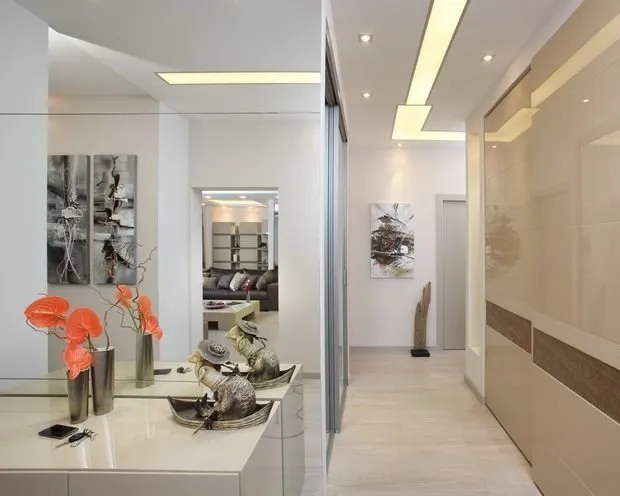
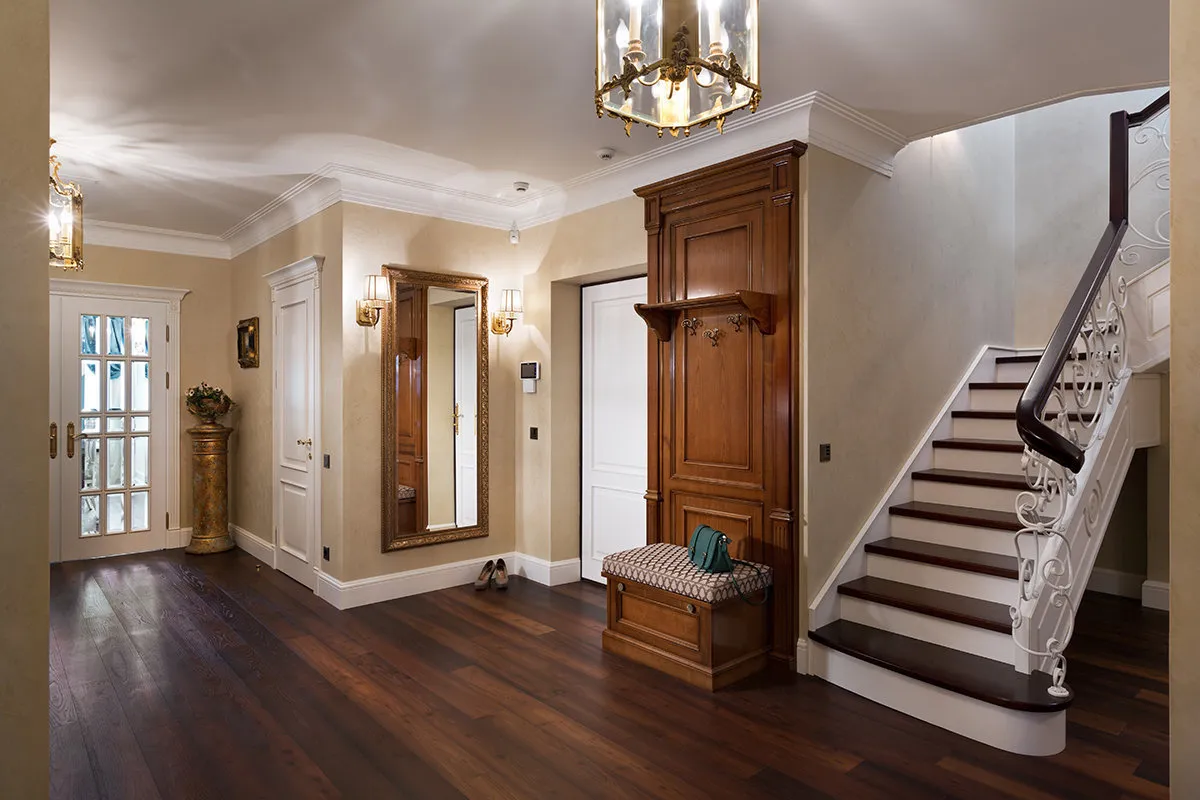
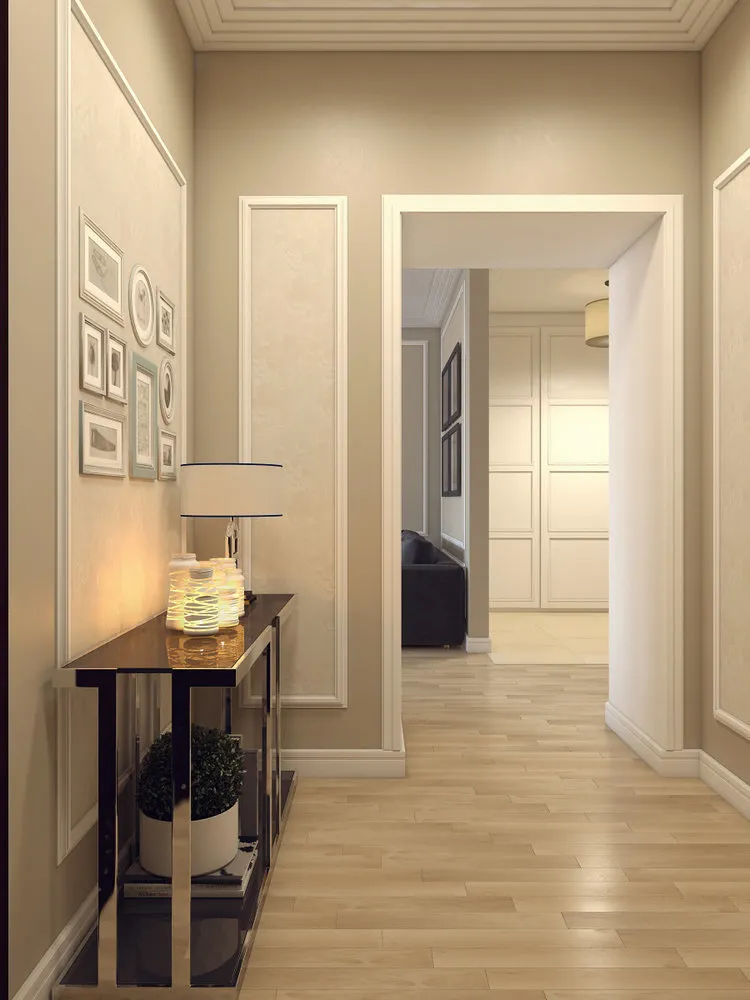
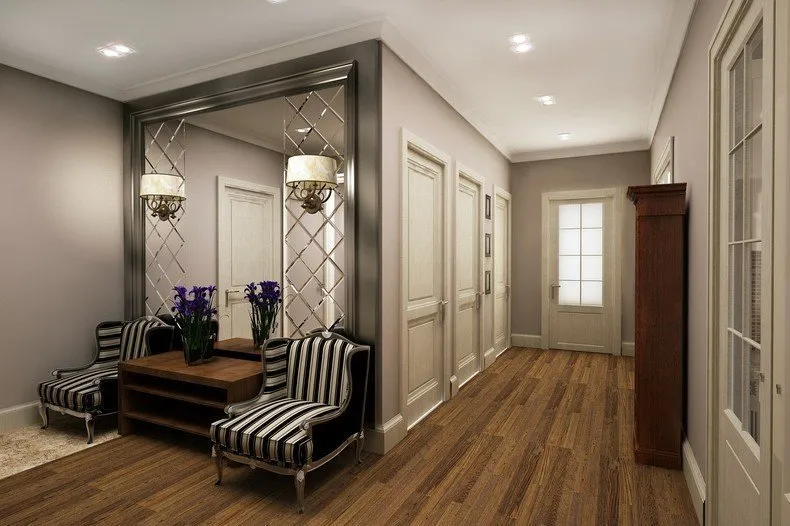
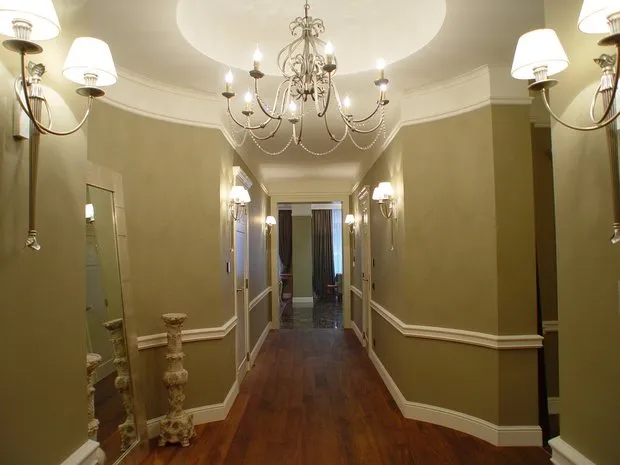

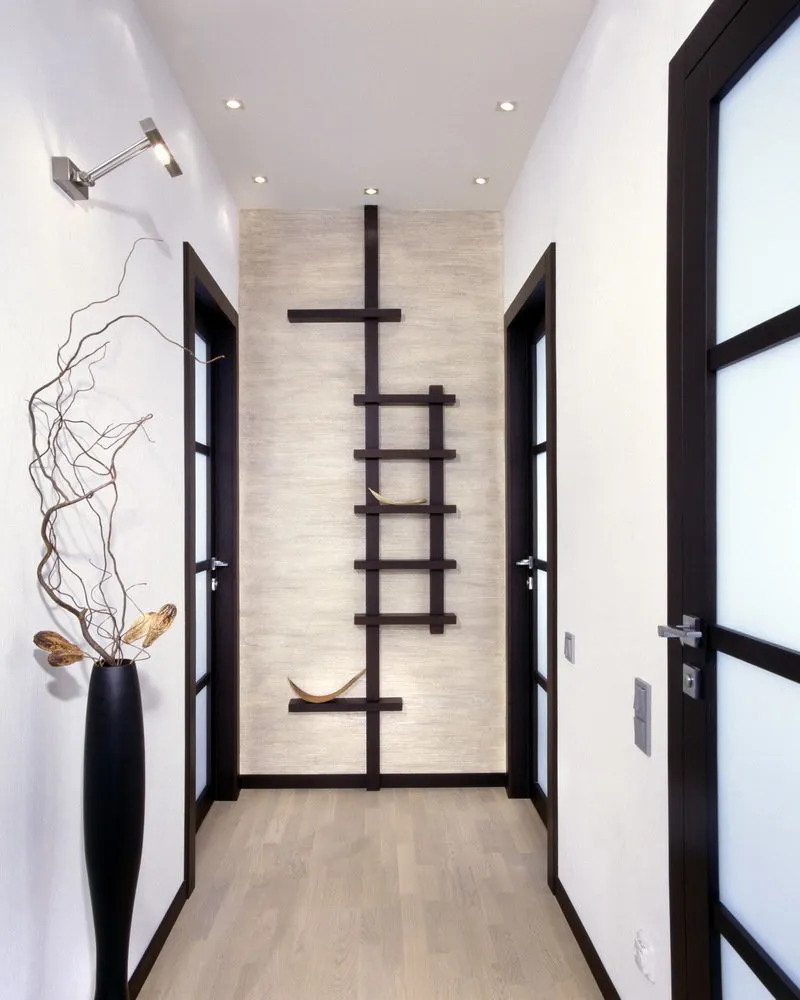
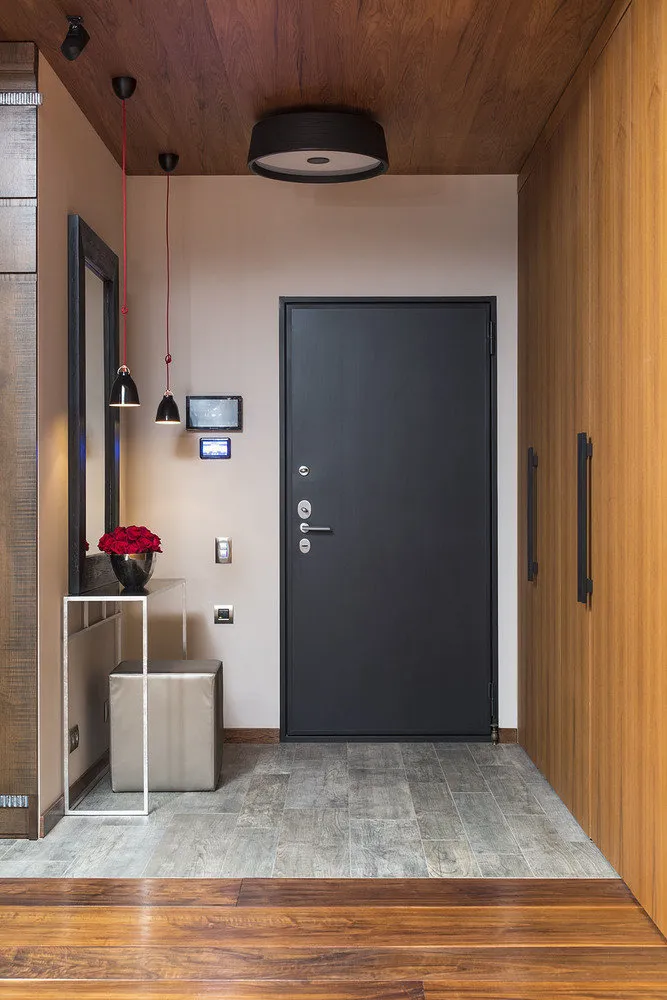
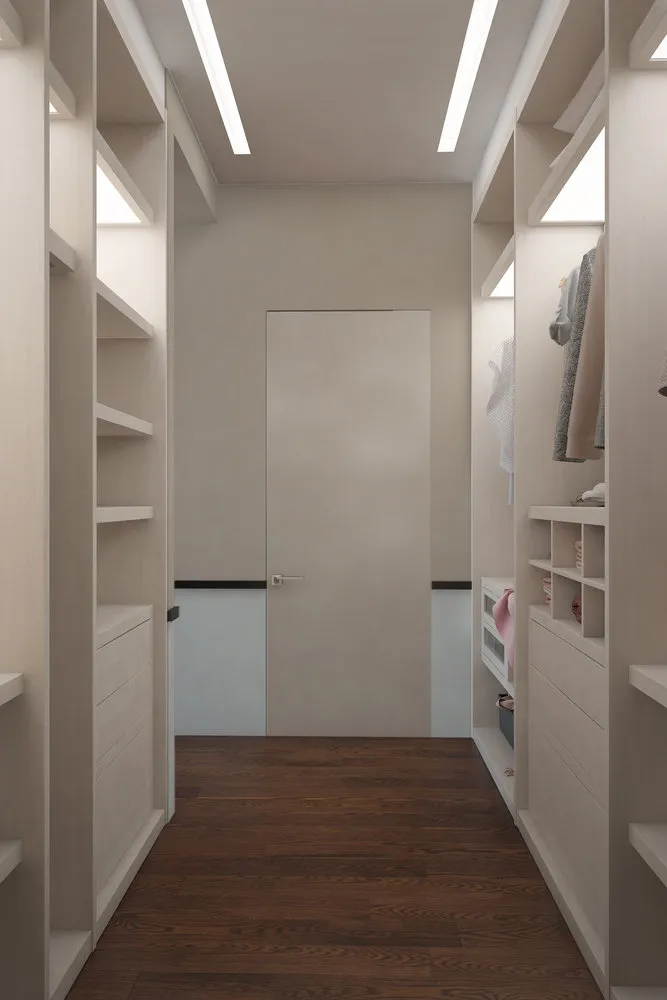
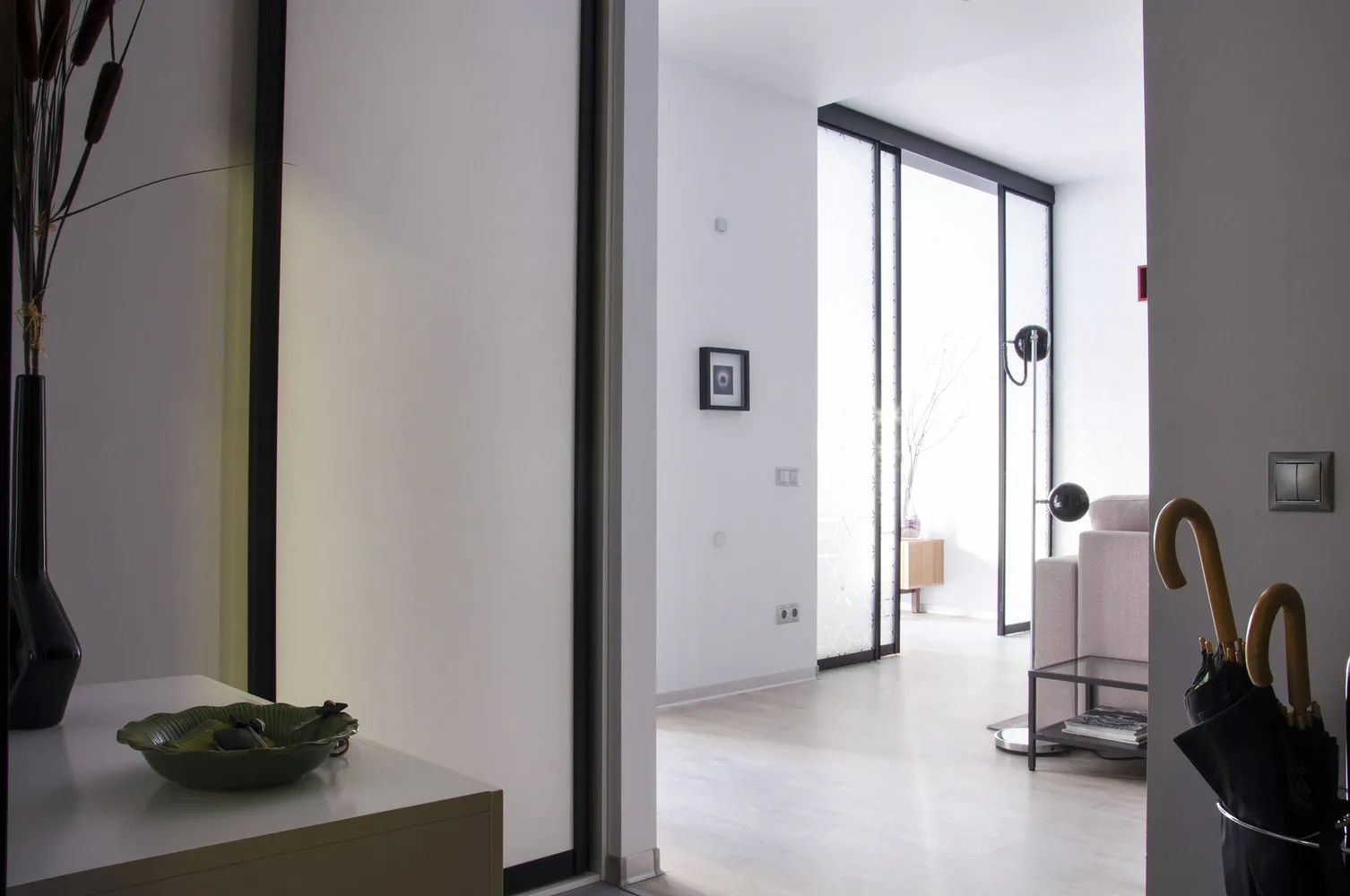
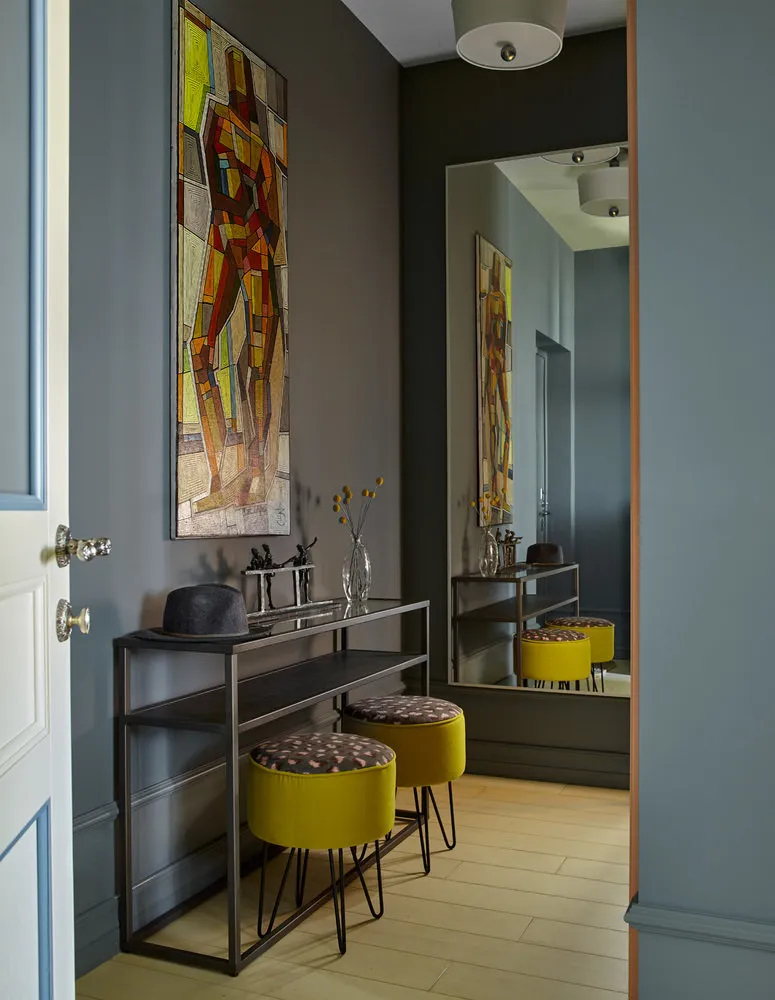
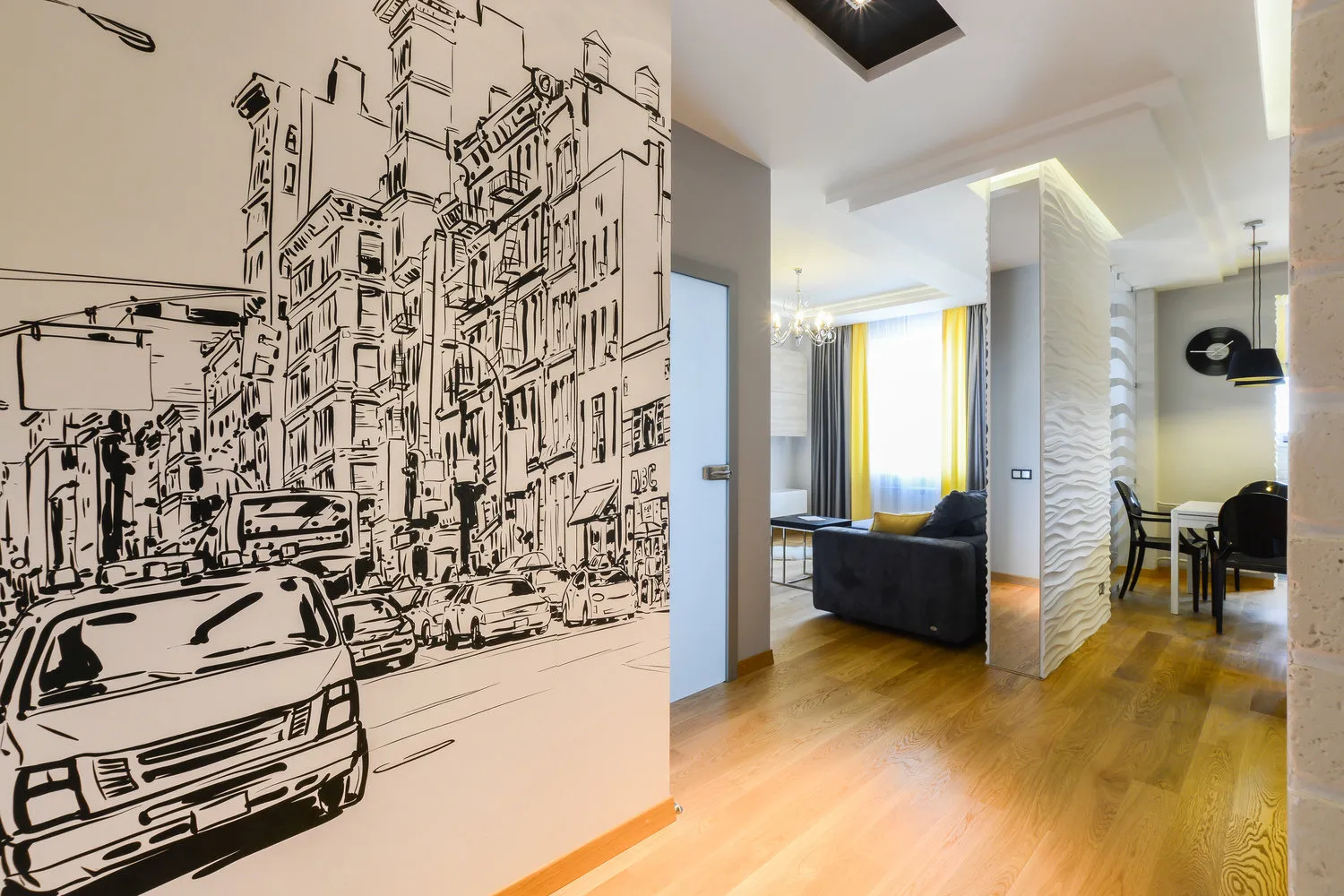
Design: Svetlana Yurkova
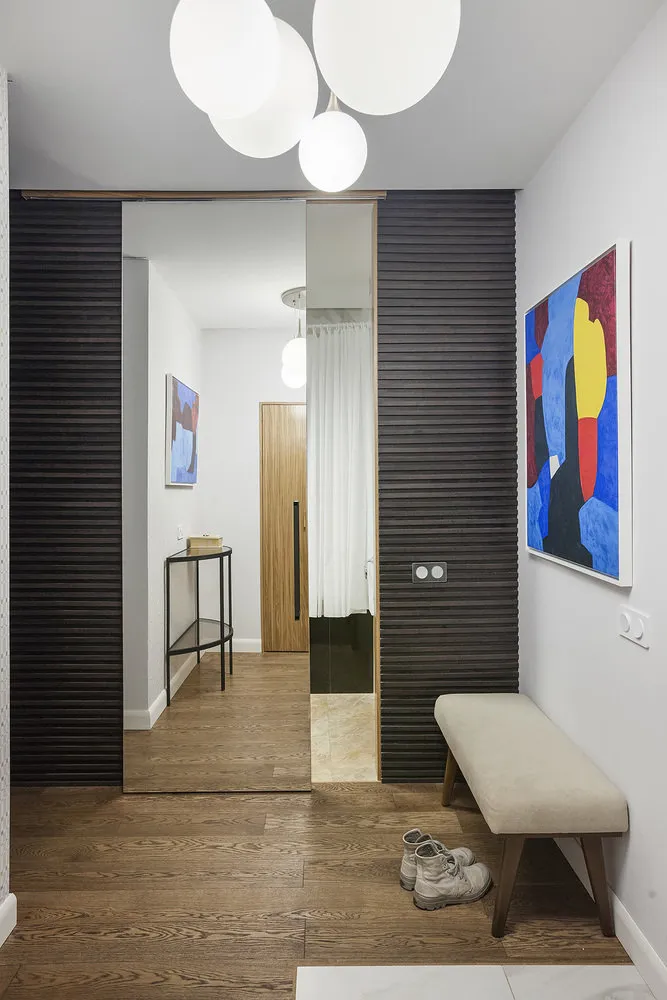

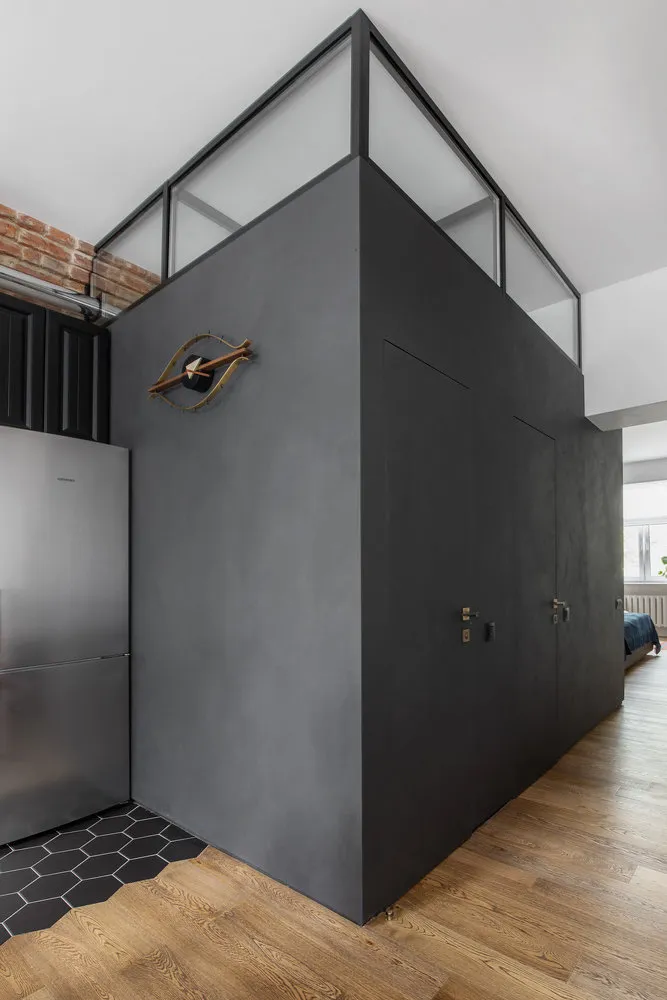
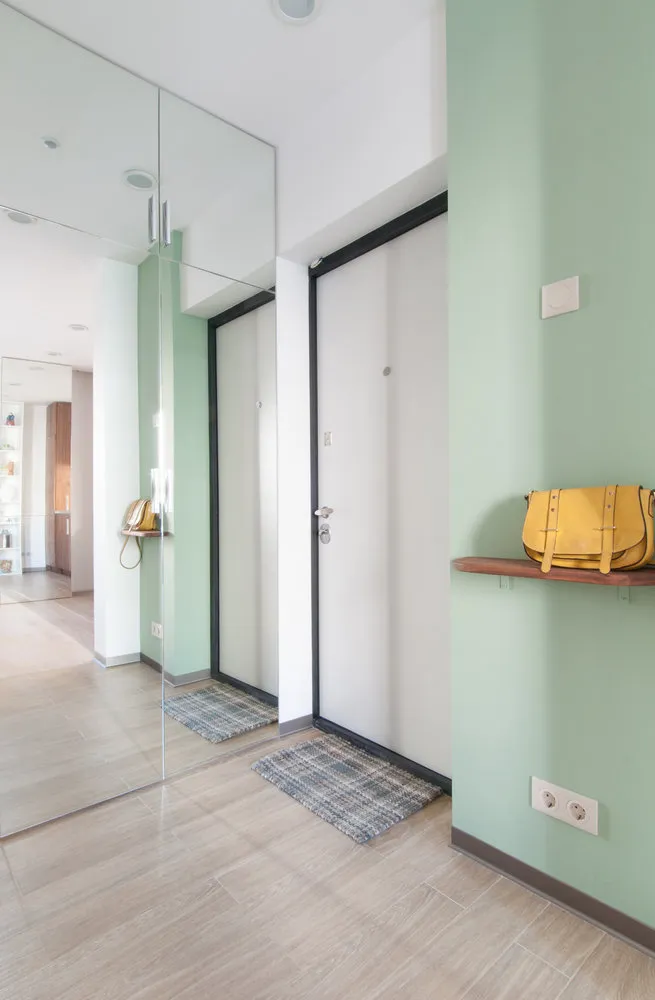
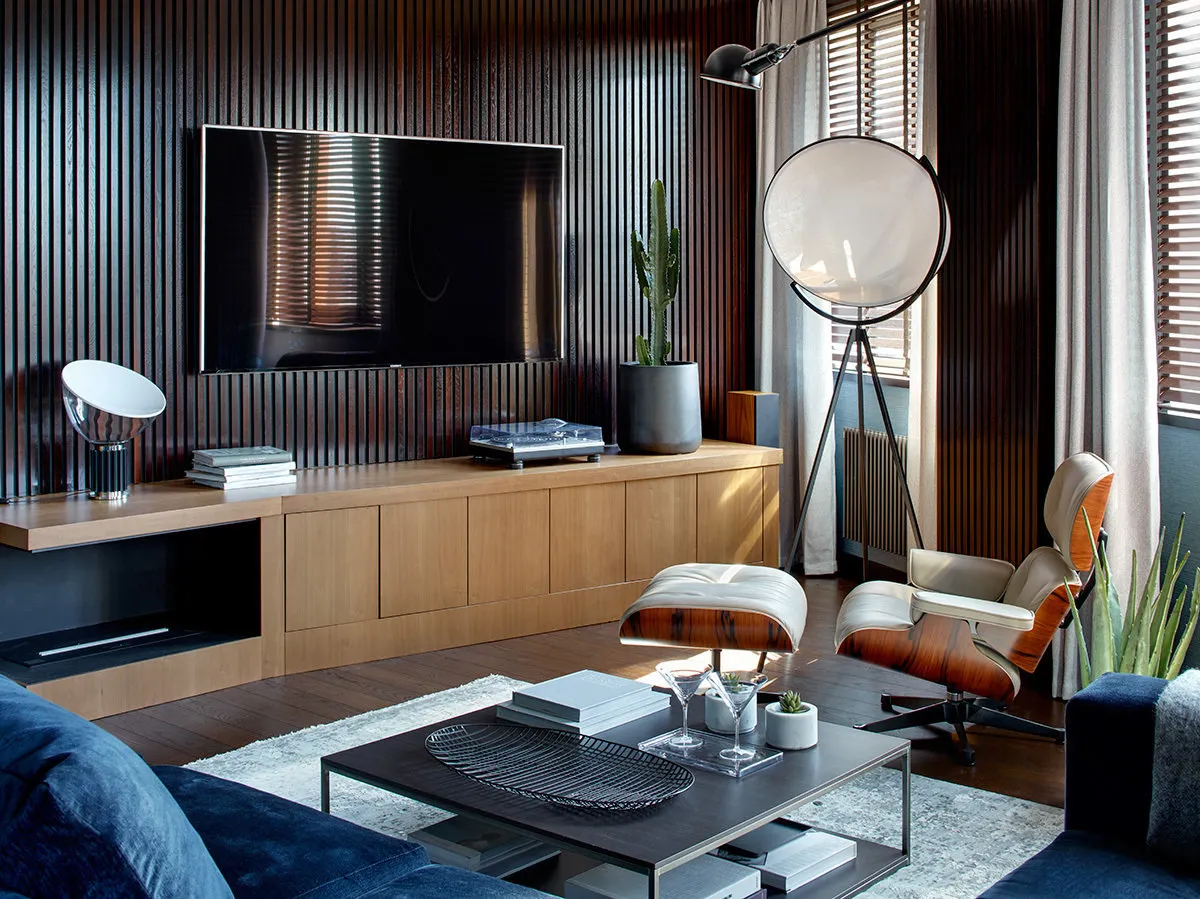
Design: S-Style Studio

Design: Ekaterina Beliykova and Olga Karayani
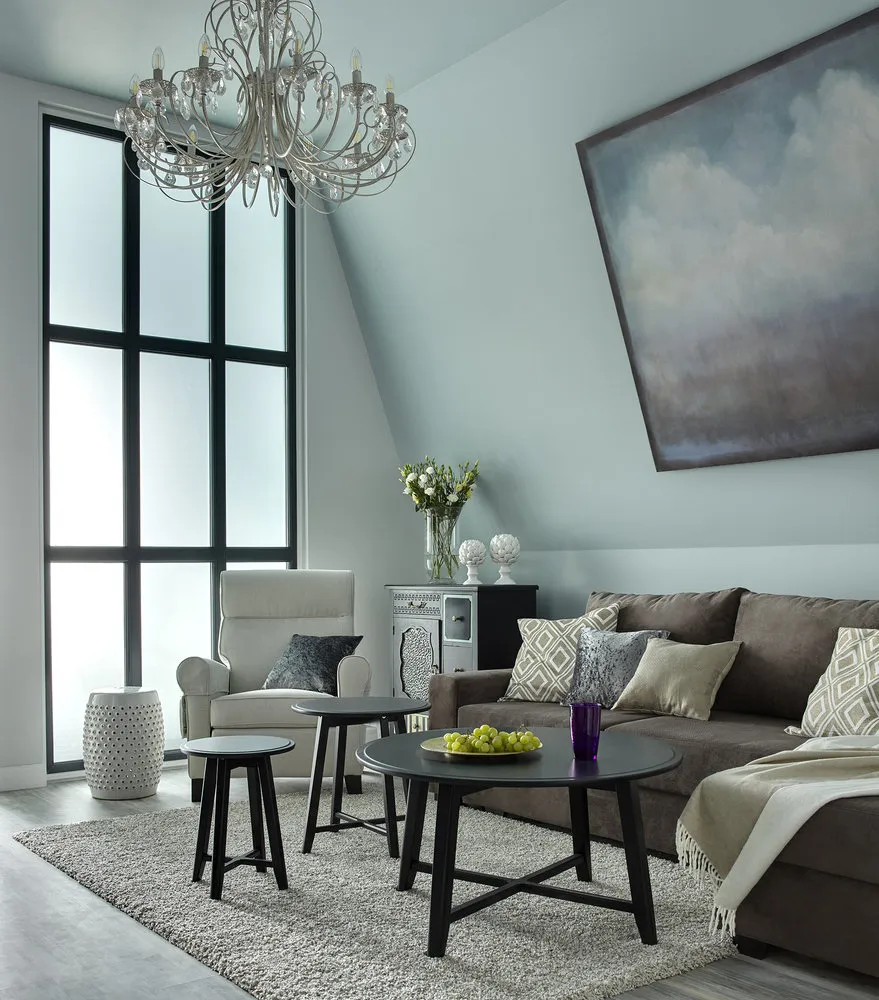
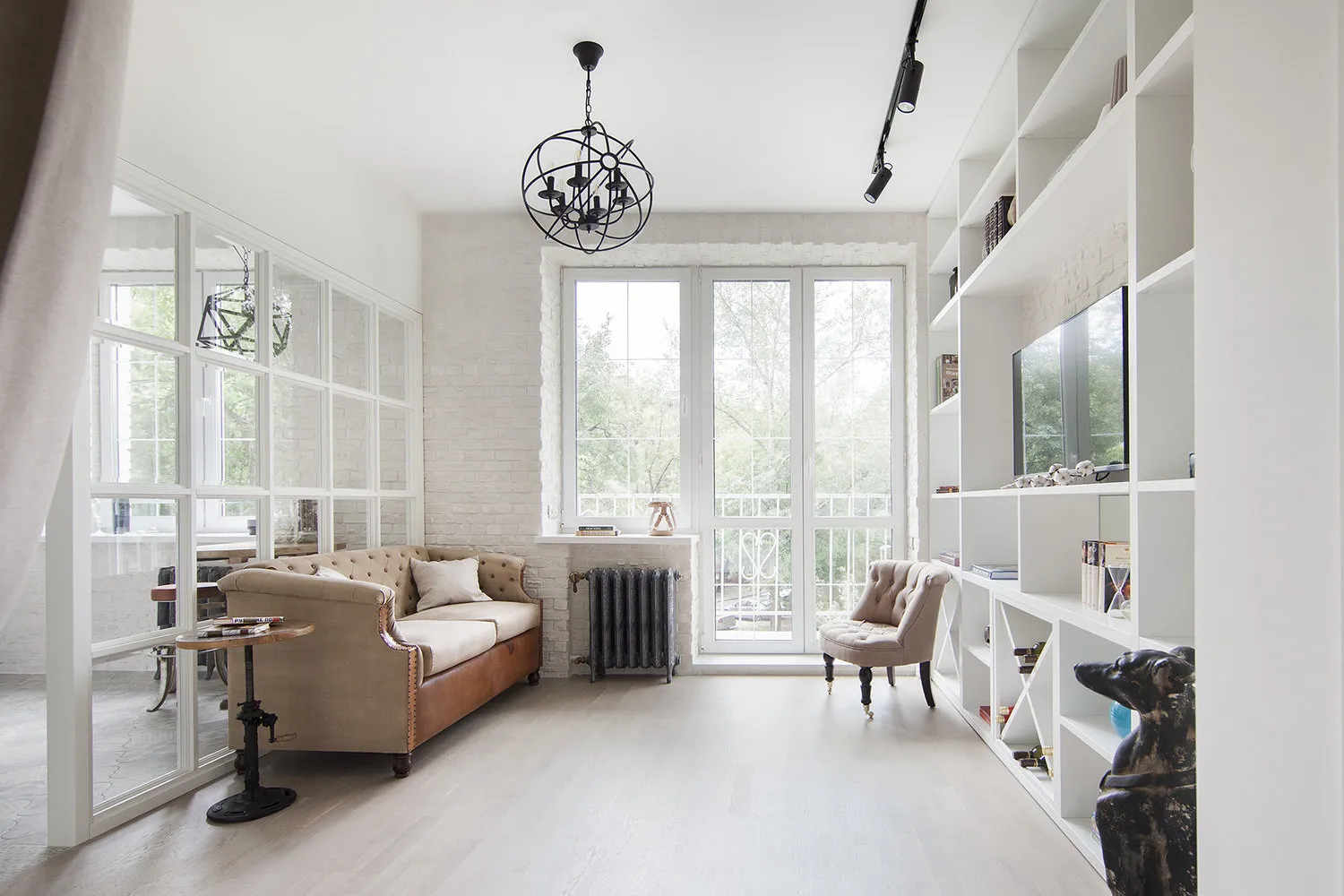
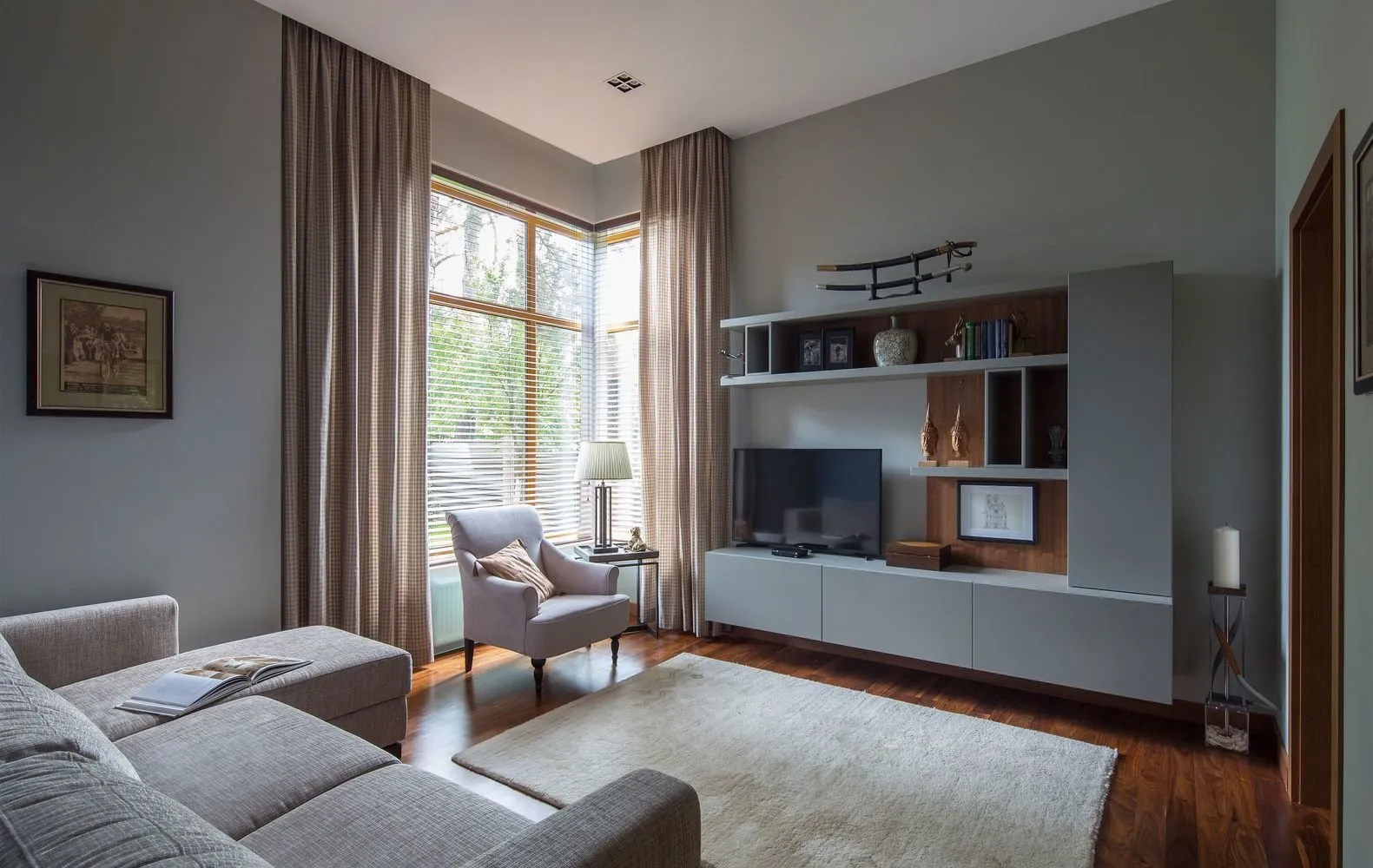
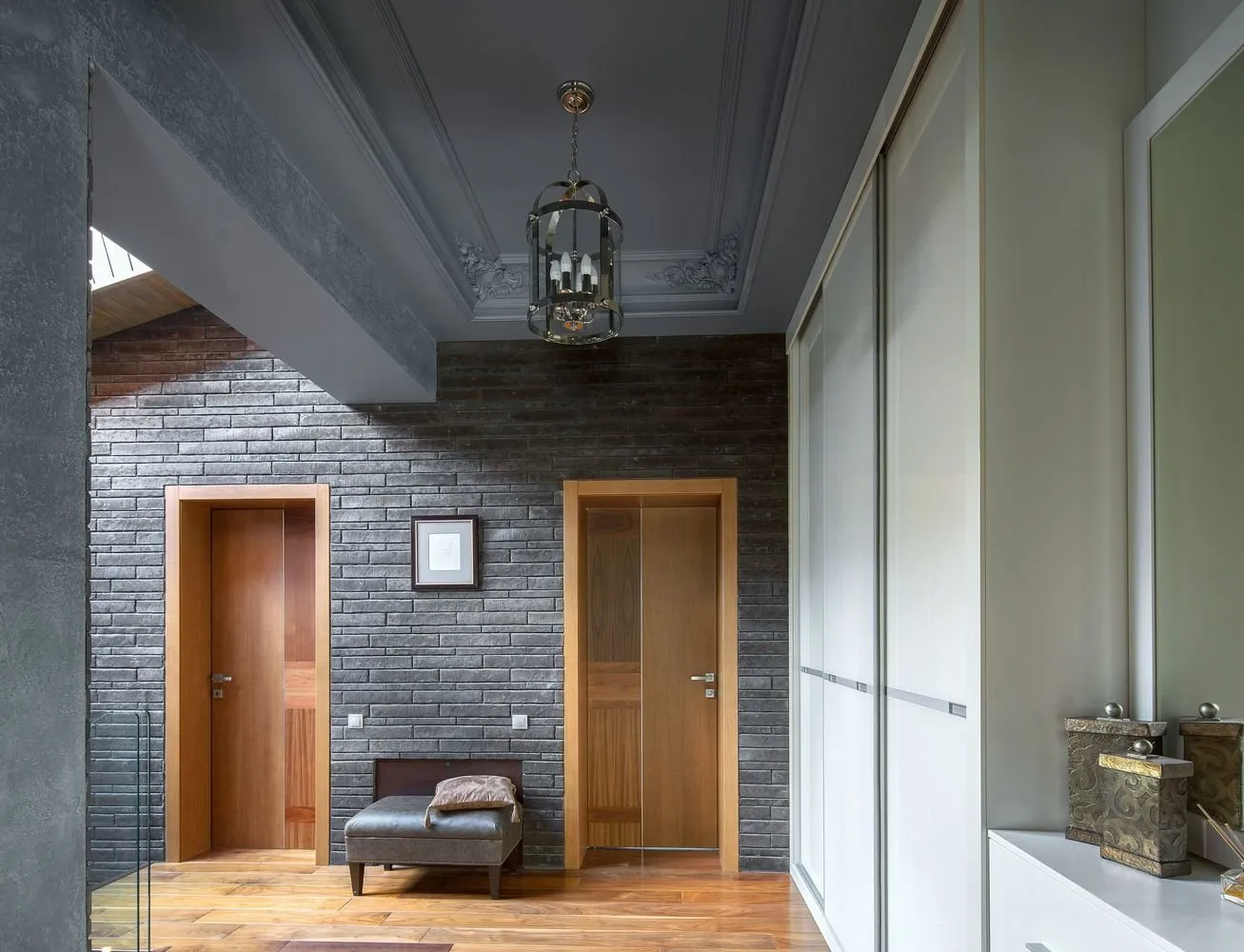
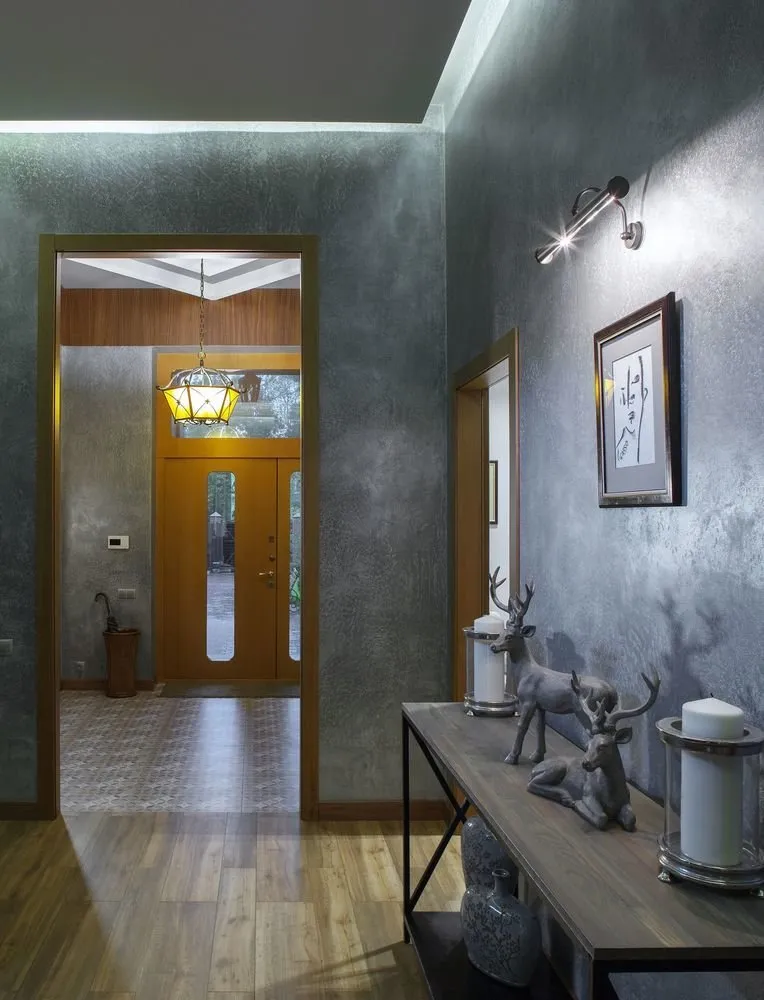

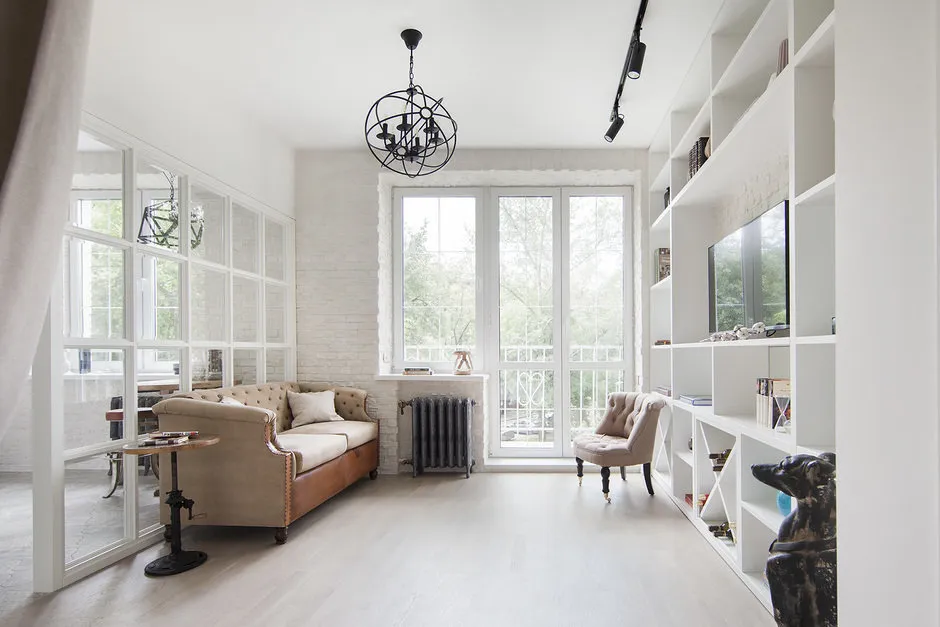
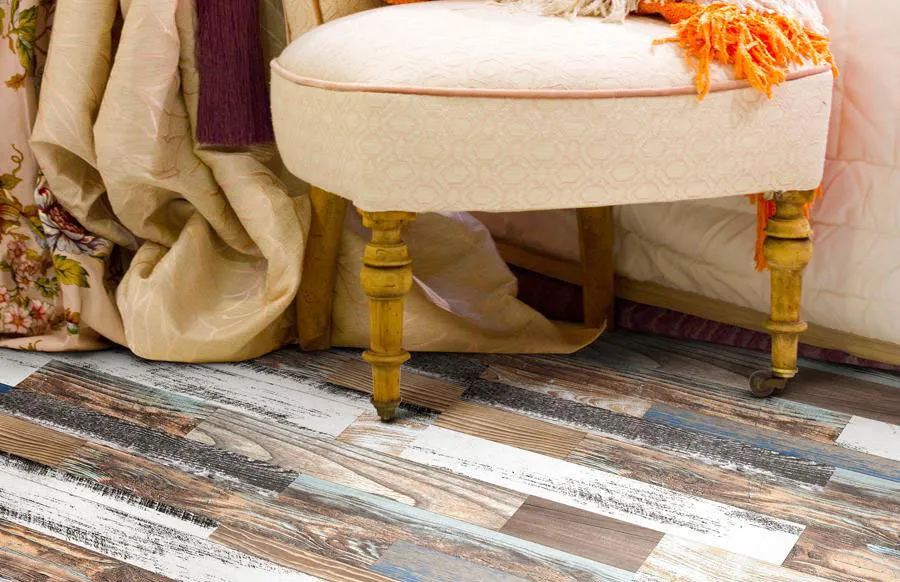

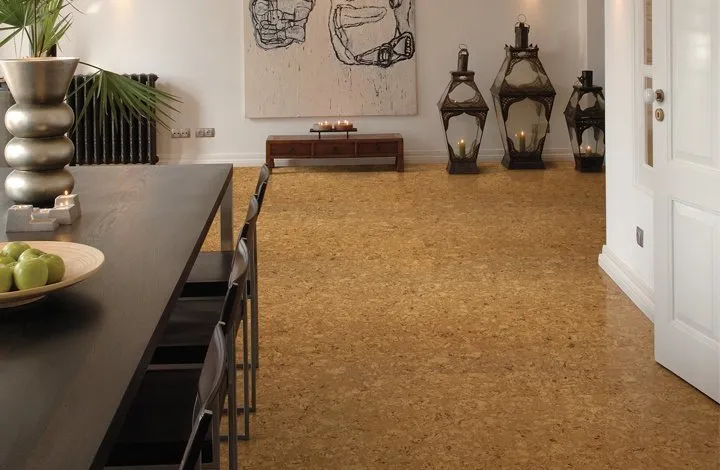
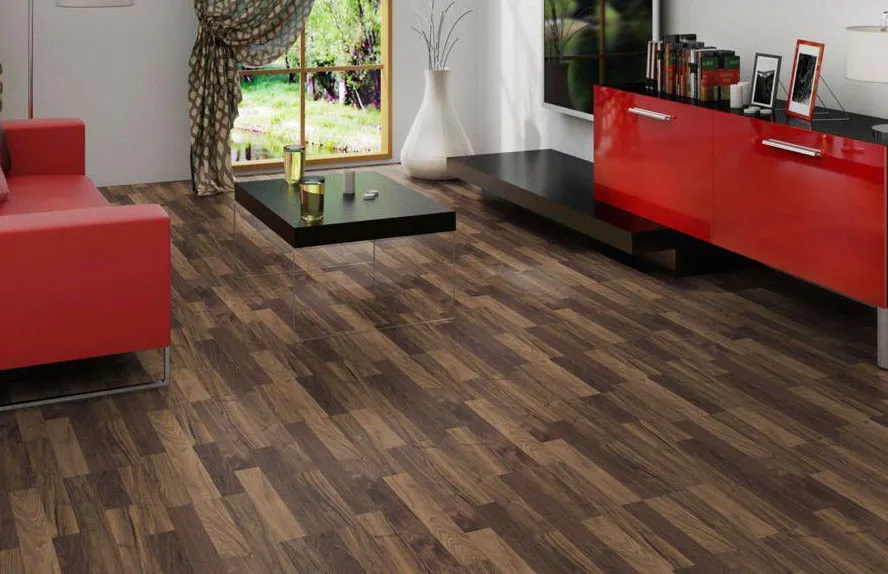

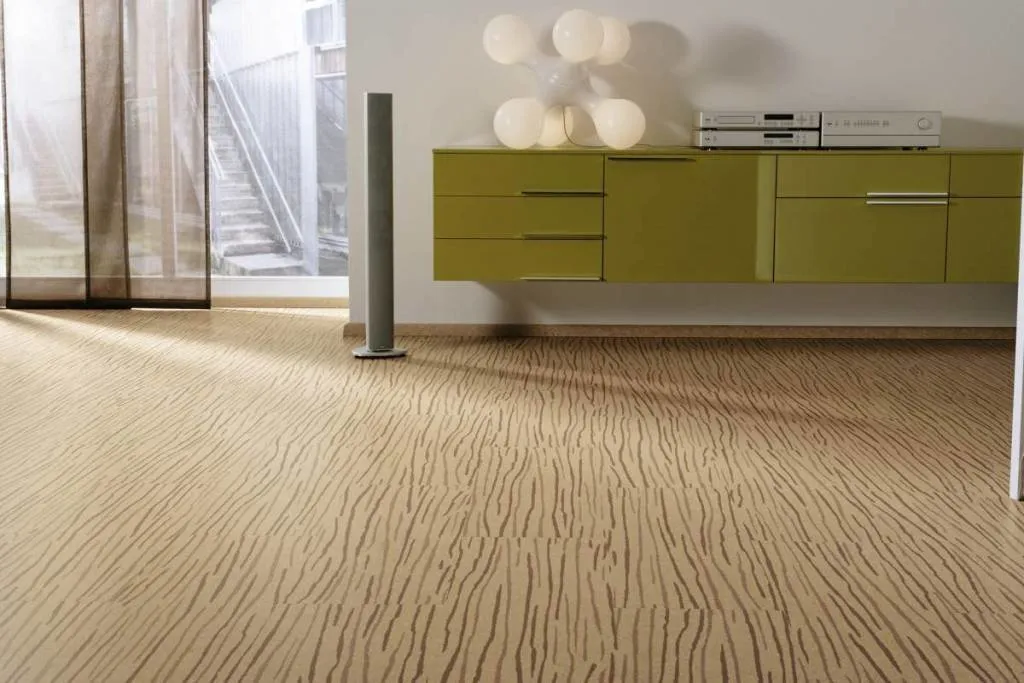
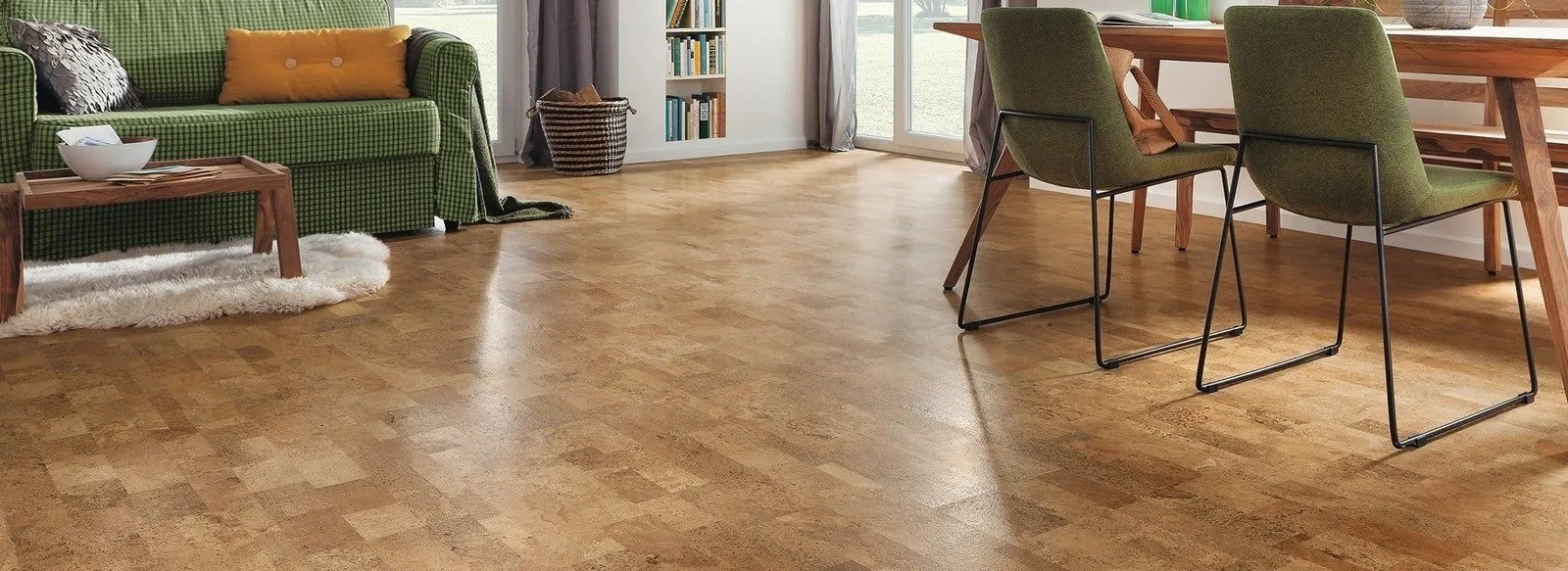
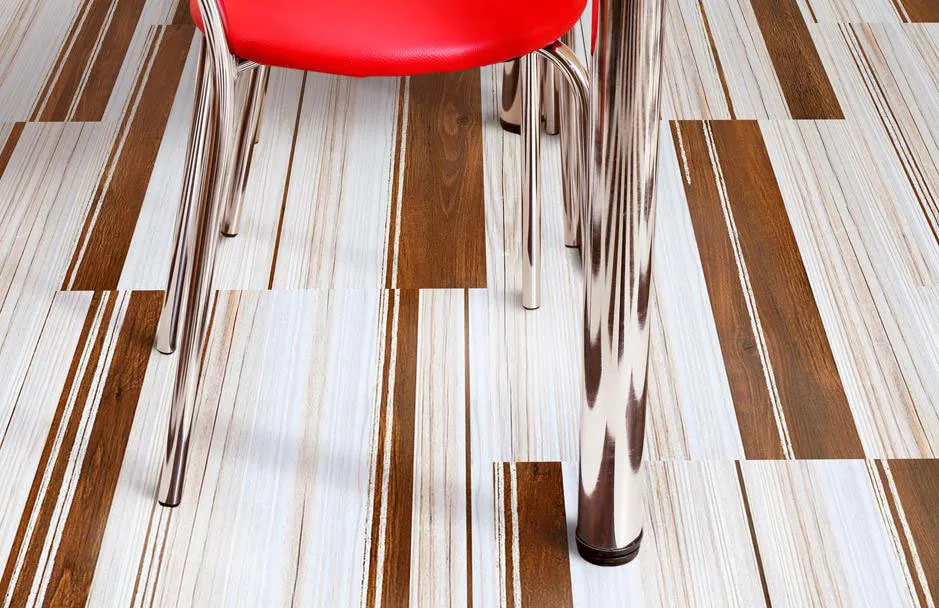
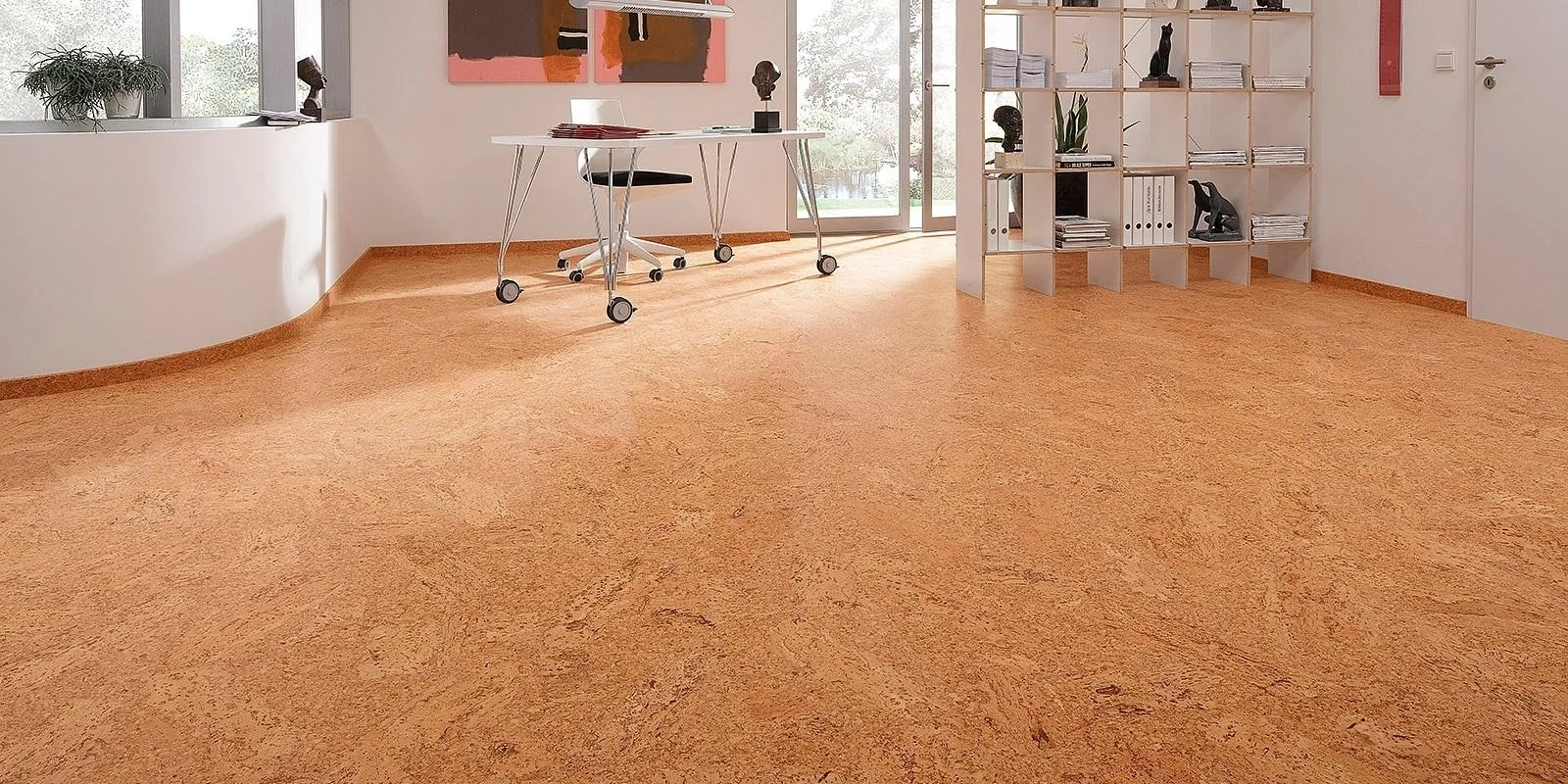
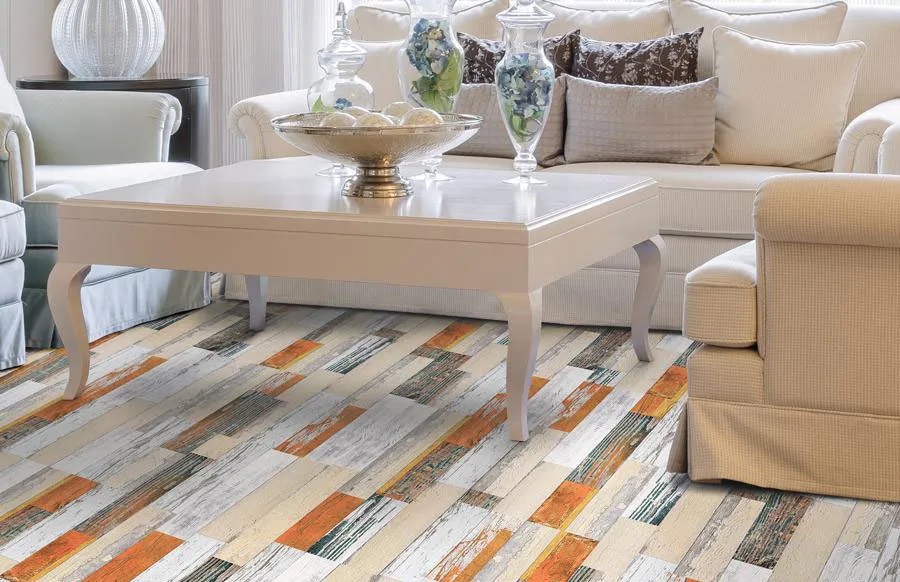
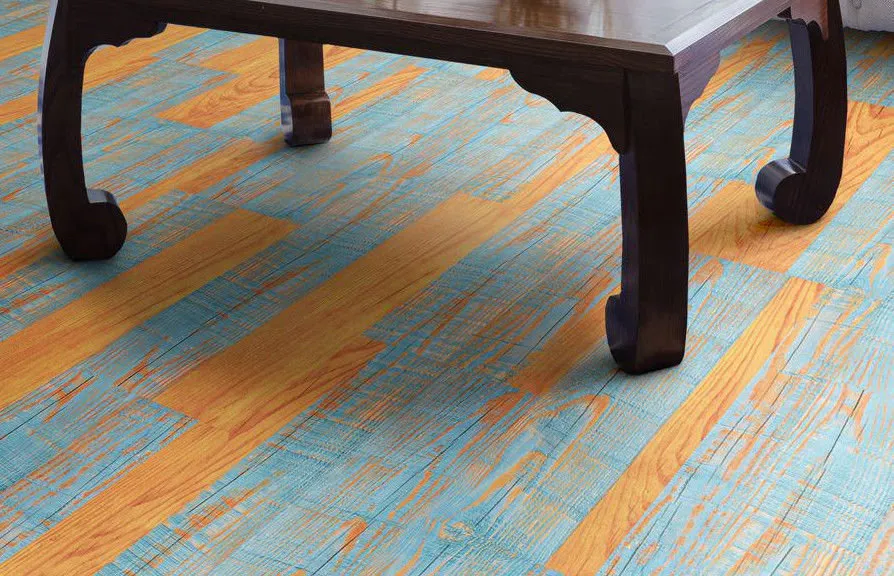
Currently, a wide range of finishing materials is available on the domestic market, particularly cork. When choosing such flooring, owners of urban apartments and country houses should primarily pay attention to its quality. The ideal solution is purchasing cork panels from globally recognized trade brands, as this guarantees full compliance with generally accepted standards by manufacturers.
More articles:
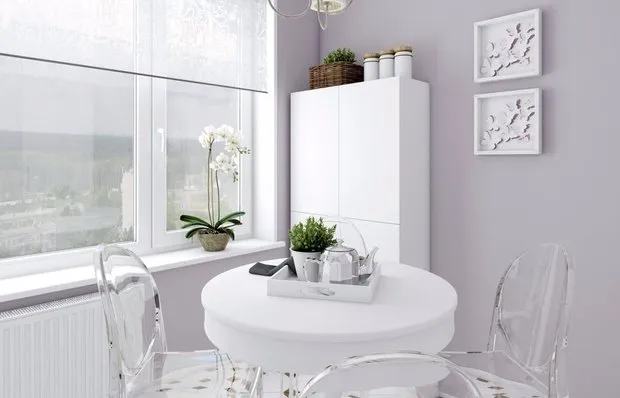 Design of a 12 Square Meter Room
Design of a 12 Square Meter Room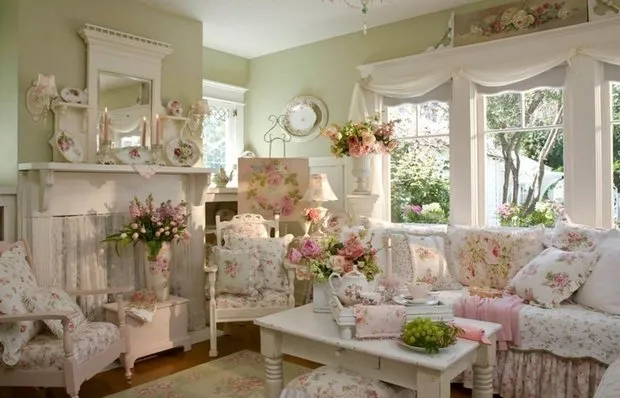 Wall Colors in Living Room, Color Combinations in Living Room Interior with Photos
Wall Colors in Living Room, Color Combinations in Living Room Interior with Photos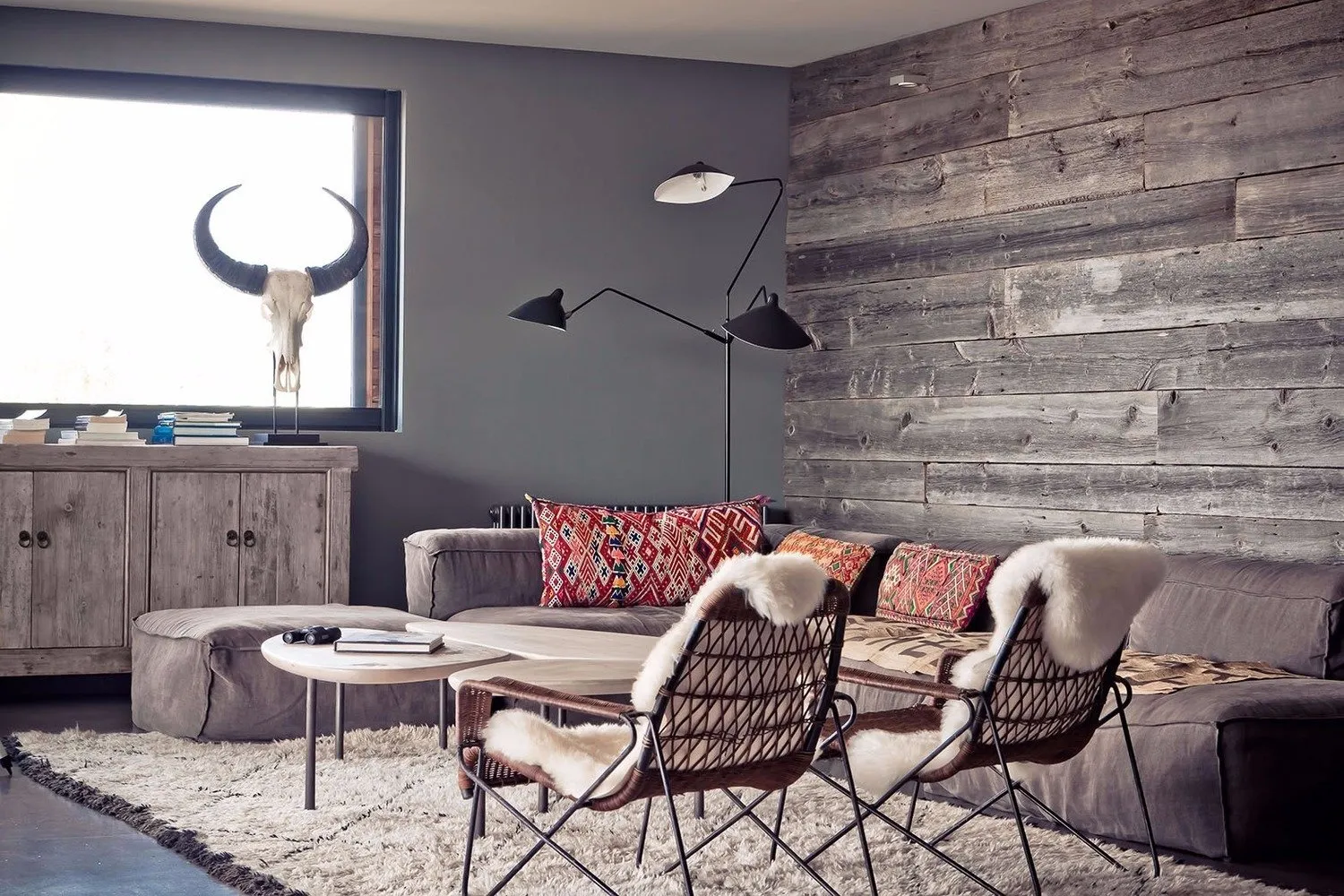 Not Wallpapers and Not Paint: 13 New Wall Decoration Ideas
Not Wallpapers and Not Paint: 13 New Wall Decoration Ideas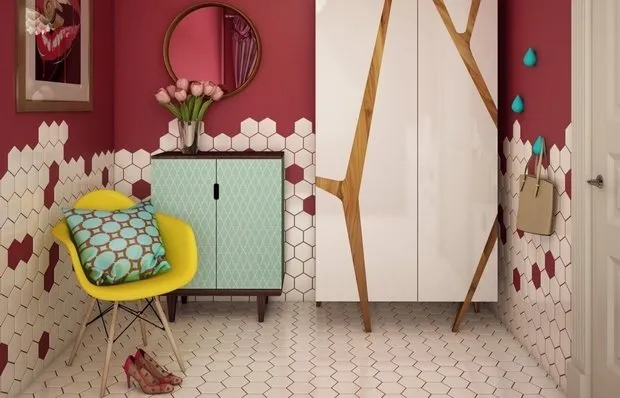 Tile in Interior Design: 6 Articles to Save to Favorites
Tile in Interior Design: 6 Articles to Save to Favorites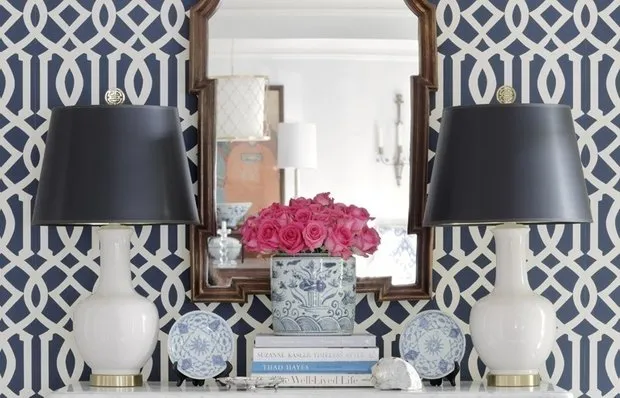 7 Prints That Will Always Be in Style
7 Prints That Will Always Be in Style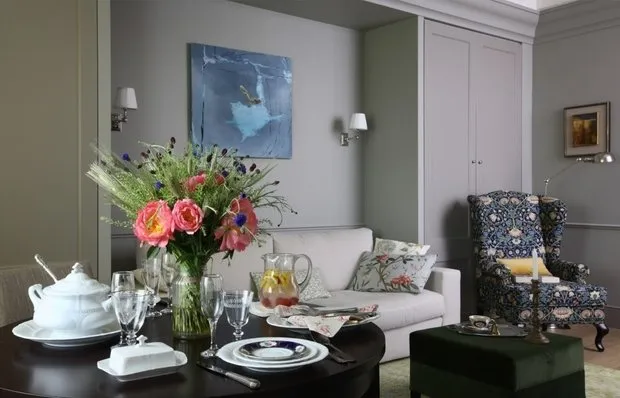 10 Hits of November: Posts You Can't Miss
10 Hits of November: Posts You Can't Miss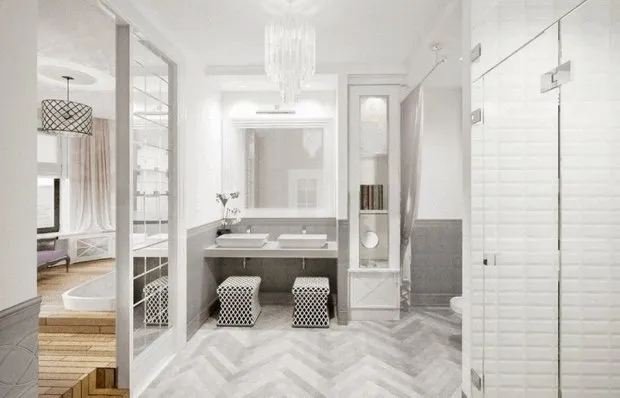 Bathroom Furniture with Photos
Bathroom Furniture with Photos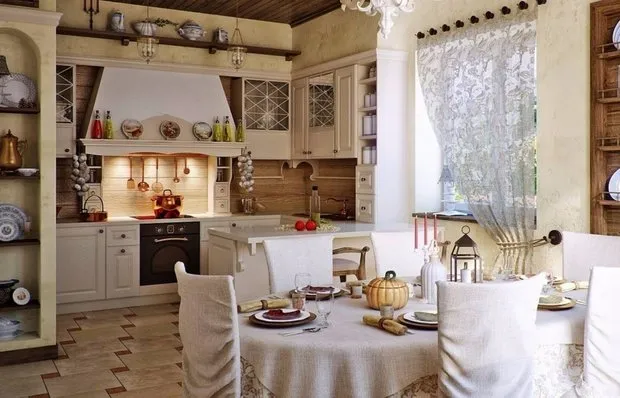 Rural Style in Country House Interior
Rural Style in Country House Interior